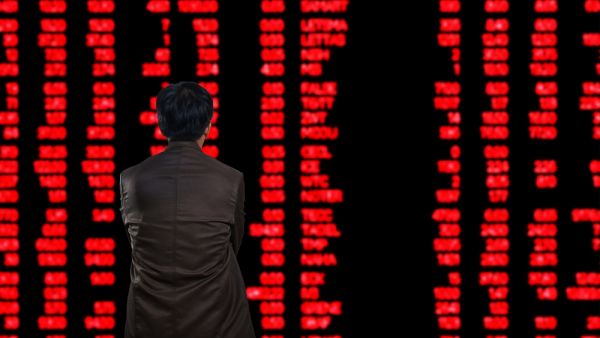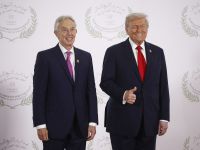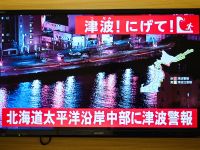{"preview_thumbnail":"https://cdn.flowplayer.com/6684a05f-6468-4ecd-87d5-a748773282a3/i/v-i-3…","video_id":"326b6659-f8ec-4c7b-9e93-80a0e11adda5","player_id":"8ca46225-42a2-4245-9c20-7850ae937431","provider":"flowplayer","video":"World’s 10 Most Valuable Football Teams 2019"}
Japan’s benchmark Nikkei 225 started plummeting as soon as trading began and stood at 20,234.87 in the morning session, down 2.3%. Australia’s S&P/ASX 200 slipped 1.5% to 6,427.20. South Korea’s Kospi lost 1.7% to 1,916.14. Hong Kong’s Hang Seng dropped 3.3% to 25,309.37, while the Shanghai Composite was down 1.2% at 2,862.87, according to The Associated Press (AP).
Stephen Innes, managing partner at Valour Markets in Singapore, compared the difficulty of assessing the volatile market situation to reading tealeaves.
The Dow Jones Industrial Average plunged more than 600 points Friday after the latest escalation in the trade war between the US and China rattled investors. The broad sell-off sent the S&P 500 to its fourth straight weekly loss.
The tumbling began after Trump responded angrily on Twitter following China’s announcement of new tariffs on $75 billion in US goods. In one of his tweets he “hereby ordered” U.S. companies with operations in China to consider moving them to other countries — including the U.S.
Trump also said he’d respond directly to the tariffs — and after the market closed he delivered, announcing that the US would increase existing tariffs on $250 billion in Chinese goods to 30% from 25%, and that new tariffs on another $300 billion of imports would be 15% instead of 10%. Those announcements are likely to influence stock markets in Asia when trading opens there Monday.








